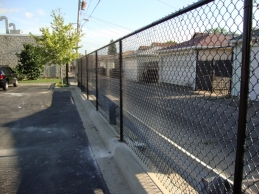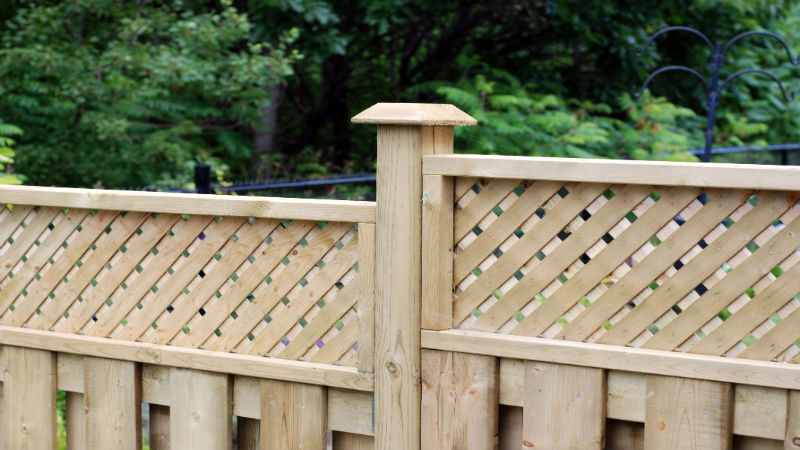Composite fencing materials are produced by combining wood fibers that are reclaimed from sawdust with plastic. The final material is resistant to rotting, water, cold, heat, and insect infestation. A composite fence is dense, thereby making it a popular and sturdy fencing upgrade.
A Fence That Is as Sturdy as It Is Attractive
In fact, Trex composite fencing, for example, can withstand both high wind speeds and gusts. This means that you not only have a fence that is sturdy in design, but also one that offers privacy and security. The color of a composite fence is usually part of the manufacturing process and is not included as an acrylic finish after extrusion. As a result, the color of a composite fence lasts longer and suffers from less wear. Usually, the color is over-pigmented, so it will ultimately fade to its intended hue.
A Simple Installation
According to professionals who work with such companies as Tim’s Fences, composite fences are not difficult to install. The prefabricated pieces of the fence easily fit together. Plus, the panels look the same on either side, which gives them a neighbor-friendly quality.
Two Main Kinds of Fencing Material
The interlocking nature of Trex composite fencing, for example, adds strength to the product. Also, the fences feature aluminum reinforced rails that contribute to their ruggedness. Two main kinds of manufactured materials today are used to produce this fencing – either PVC vinyl or composite materials.
Why a Composite Fence Is Sturdier than Vinyl
Both materials offer an advantage over wood products with respect to maintenance. However, composite-styled fences are less susceptible to chipping or cracking. Also, PVC vinyl fences, although less expensive, are susceptible to mold growth and will fade after years of exposure to the sun.
An Unbeatable Choice
What you choose in a fence depends, of course, on your preferences and budget. However, for a dependable barrier, you really cannot beat a fence that is made of composite materials. You can join us at Linkedin.






